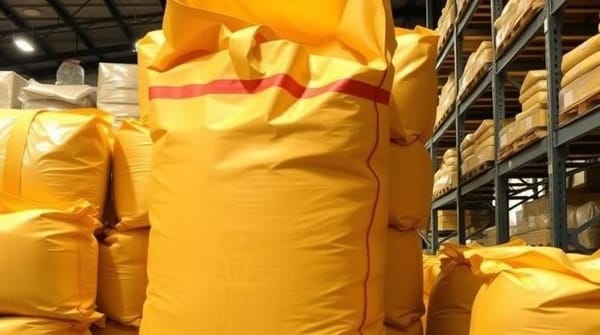
Turning Chemical Market Data into Competitive Advantage
How the power of information can result in chemical industry profit.

How the power of information can result in chemical industry profit.

How raw material prices, manufacturing trends, global politics, and regional policy will impact the same industry differently on both sides of the pond.

How shopping for Christmas presents and sourcing industrial feedstocks and chemicals is actually the same challenge.

Why industrial chemical traders should expect a reshaped, not a vanishing “forever chemicals” market.

As the cost–benefit equation shifts, can there still be value in producing and trading “forever chemicals”?

Will new safety limits on cobalt processing further undermine Europe’s chemical industry?

What impact will the new EU-Australian deal have on the chemical industry?

How rare earths can now be extracted with viruses.

From regulation to revenue: the business case for sustainable trading.

Practical ways for chemical traders to turn eco-friendly into a deal maker.

Discover how digital chemical platforms are transforming the sourcing of industrial chemicals and feedstocks.

How adaptability, not scale, is determining success in sodium tripolyphosphate trading.

Chemical Trade
From backwater importer to petrochemical behemoth: how China’s chemical industry now rules global chemical trade.

Industrial Chemicals
A look into the decline of Europe’s chemical industry advantage.

Industrial Chemicals
Princeton-led study reveals how the chemical industry is underinvesting in its approach to achieving decarbonisation.

Industrial Chemicals
In a world where everything is changing faster than ever, the biggest change is already happening.

Plastics industry
How is the European recycled plastic market impacting chemical manufacturing and industrial feedstock trading?

Plastics industry
3D printed polymer feedstocks can now be greener, cleaner, and self-repairing.

Industrial Chemicals
China’s coal shift: the global chemical market’s winners and losers.

Chemical Trade
Have online marketplaces for industrial chemicals already peaked?

Industrial Chemicals
What an industrial chemical trading platform can do.